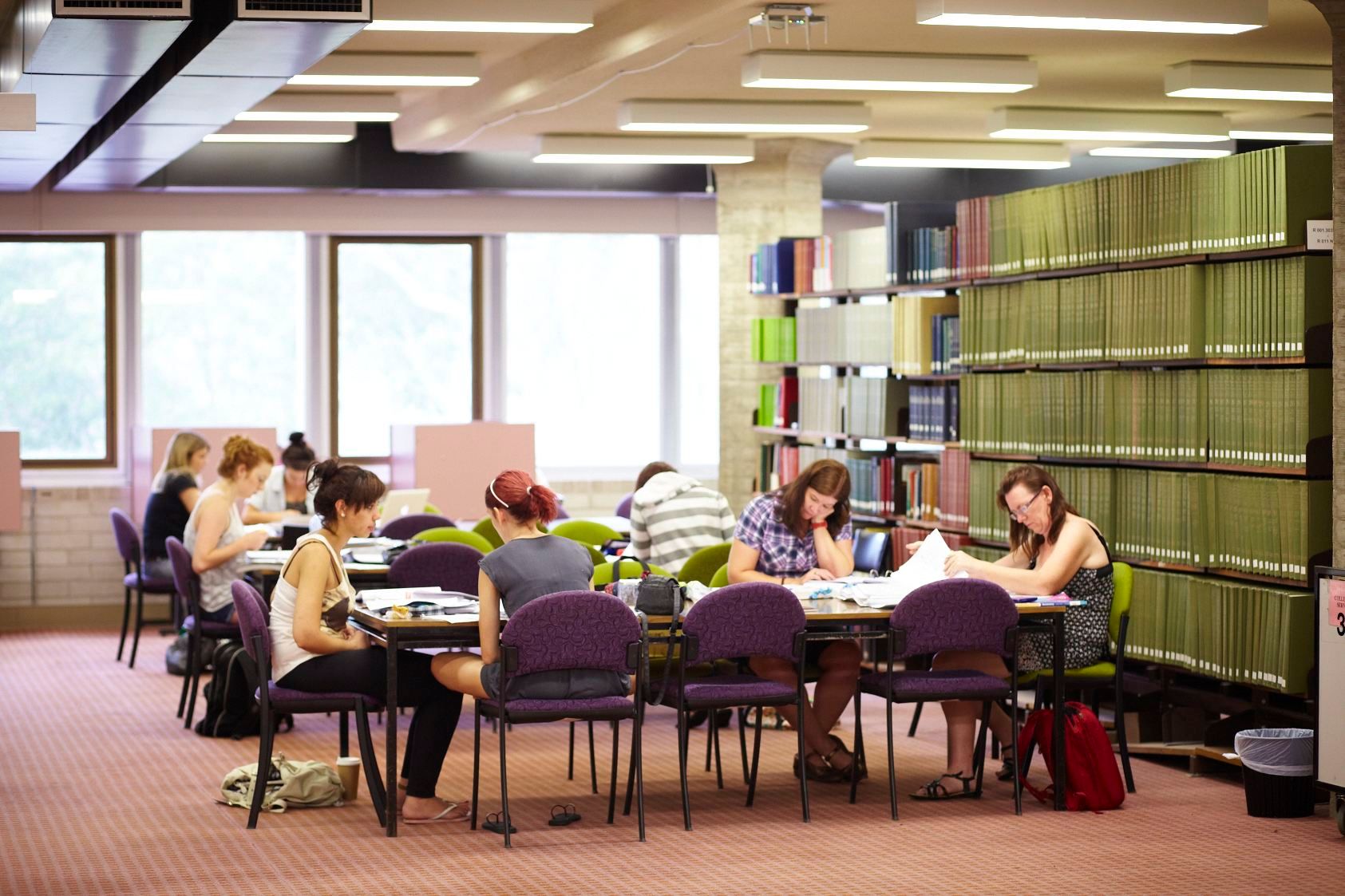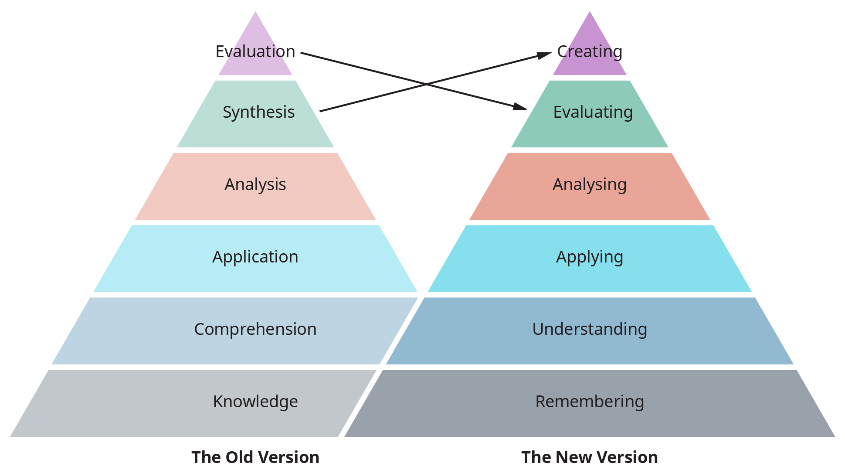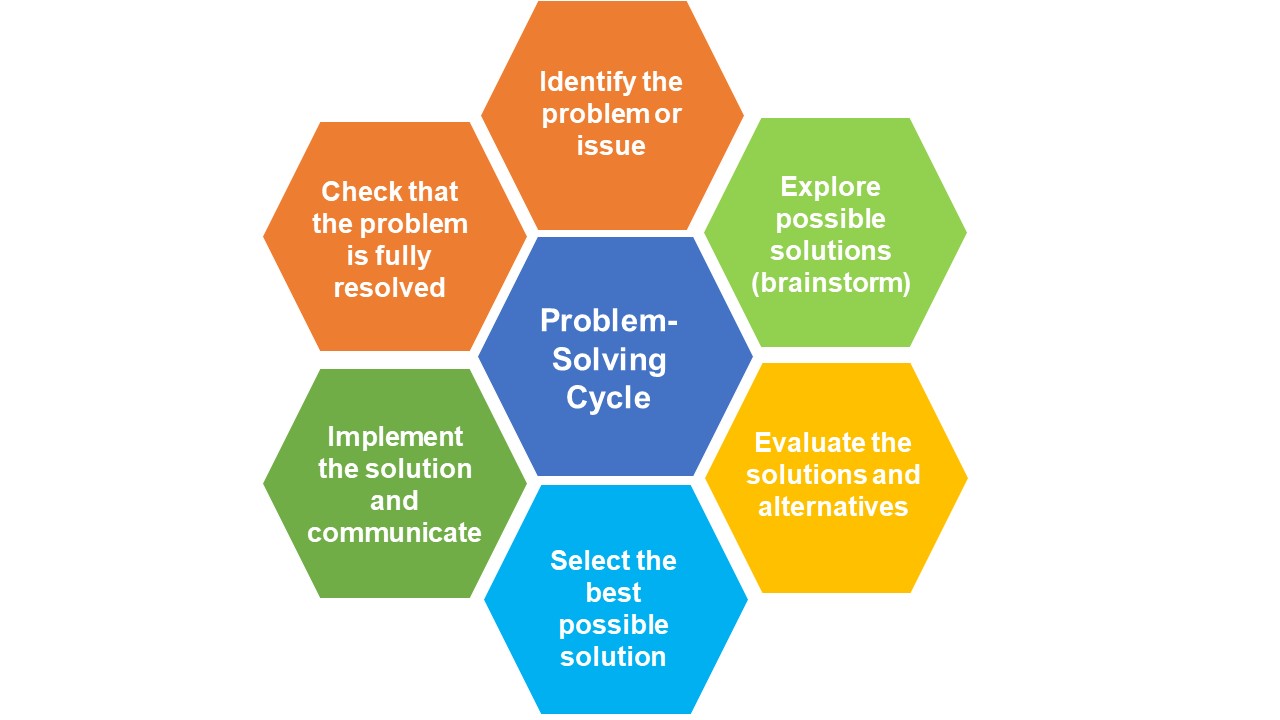Thinking
Gemma Lynch

Introduction
Thinking and problem-solving are core skills that university educators aim to teach students. Learning different ways of thinking and how to resolve or respond to problems creates well-rounded learners that are capable of breaking down issues or problems into manageable parts, adapting to changing situations or contexts and devising creative or novel solutions. These are key characteristics required in the 21st century digitally focused work environment.
This chapter will provide you with an overview of different types of thinking, give guidance on how you can practise these approaches before then moving onto a discussion of problem-solving. Examples of the various forms of thinking discussed will be provided.
Creative Thinking
Creativity is needed in all occupations and during all stages of life. Learning to be more in tune with your own version of creativity can help you think more clearly, resolve problems, and appreciate setbacks. You’re using creativity if you can explain complex biological concepts to your classmates in your tutorial or workshop. When creative thinking comes into play, you’ll be looking for both original and unconventional ideas, and learning to recognise those ideas improves your thinking skills all around.
The 2001 revised Bloom’s cognitive taxonomy, originally developed in 1948, placed a new word at the apex—create. That is the highest level of thinking skills. As this book shows, we do all need to use and develop the lower thinking skills that include remembering, applying, and analysing, but true intelligence and successful thinking move beyond these levels to invention.
.

Many assessments and lessons you’ve seen during your schooling have likely been arranged with Bloom’s taxonomy in mind. Reciting a formula shows less comprehension than explaining the underlying concepts that make it work.
Analytical Thinking
When we work out a problem or situation systematically, breaking the whole into its component parts for separate analysis, to come to a solution or a variety of possible solutions, we call that analytical thinking. Characteristics of analytical thinking include setting up the parts, using information literacy, and verifying the validity of any sources you reference. We do this sort of thinking in our everyday lives when we brainstorm, budget, detect patterns, plan, compare, work puzzles, and make decisions based on multiple sources of information. Think of all the thinking that goes into the logistics of a dinner-and-a-movie date—where to eat, what to watch, who to invite, what to wear, popcorn or ice-creams—when choices and decisions are rapid-fire, but we do it relatively successfully all the time.
Critical Thinking
The definitions vary slightly, but most agree that thinking critically includes some form of judgement that thinkers generate after careful analysis of the perspectives, opinions, or experimental results present in a particular problem or situation. Before you wonder if you’re even capable of critical thinking, consider that you think critically every day. You are constantly weighing options, consulting data, gathering opinions, making choices, and then evaluating those decisions, which is a general definition of critical thinking.
Critical thinking forces you to determine the actual situation under question and to determine your thoughts and actions around that situation. Critical thinking differs according to the subject you’re thinking about, and as such it can be difficult to pin down any sort of formula to make sure you are doing a good job of thinking critically in all situations. While you may need to adapt this list of critical thinking components, you can get started if you do the following:
- Question everything
- Conduct legitimate research
- Limit your assumptions
- Recognise your own biases
- Evaluate all perspectives
Additionally, you must recognise that changes will occur and may alter your conclusions now and in the future. You may eventually have to revisit an issue you effectively resolved previously and adapt to changing conditions. Knowing when to do that is another example of critical thinking. Informed flexibility or knowing that parts of the plan may need to change and how those changes can work into the overall goal, is also a recognised element of thinking critically.
Over time, attitudes, evidence, and opinions change, and as a critical thinker, you must continue to research, synthesise newly discovered evidence, and adapt to that new information. This is true of all fields of study, and critical thinkers are constantly learning and unlearning.

Factual Arguments versus Opinions
Thinking and constructing analyses based on your thinking will bring you in contact with a great deal of information. Some of that information will be factual, and some will not be. You need to be able to distinguish between facts and opinions so you know how to support your arguments. Begin with basic definitions:
- Fact: a statement that is true and backed up with evidence; facts can be verified through observation or research
- Opinion: a statement someone holds to be true without supporting evidence; opinions express beliefs, assumptions, perceptions, or judgements
Of course, the tricky part is that most people do not label statements as fact and opinion, so you need to be aware and recognise the difference as you go about honing your critical thinking skills.
For example, mice are animals is a fact; mice make the best pets is an opinion. Many people become very attached to their opinions, even stating them as facts despite the lack of verifiable evidence. When you are reading, writing, and thinking critically, you must be on the lookout for sophisticated opinions others may present as factual information.
If you use biased and opinionated information or even incorrect facts as your evidence to support your factual arguments, then you have not validated your sources or checked your facts well enough. At this point, you would need to keep researching.
Problem Solving
Problem solving is part of our everyday life. We encounter problems in some form or the other daily. When solving a problem, we generally have a sequence of processes that we follow to effectively resolve or to dissolve a problem. In order to effectively problem solve, we may use some variation of the following strategies:
- Identify and determine what the problem (issue) is
- Explore (brainstorm) as many possible solutions to the problem
- Recognise and understand that there will be varying perspectives from different people
- Explore the results further by researching and documenting pros and cons for all the possible solutions
- Select the best solution
- Communicate your findings to all involved
- Establish logical action items based on your analysis
The image below represents the problem-solving cycle:

In order to determine the best solution to any problem, it is important for us to generate a wide array of solutions. When coming up with the solutions during a brainstorming session, it is important to remember that there is no right or wrong answer. The purpose of this is to establish different solutions that can potentially solve the problem. Once you have a variety of different solutions, you can start evaluating them to see how they fit within the context of the problem and weighing up pros and cons. This will help you to narrow down your solutions until you find that one solution that will be deemed as the best. When you have established your best solution, you can then communicate the solution to all the parties who are involved within the problem and proceed to implementing the solution. Let the solution run and then evaluate whether the problem has been resolved or not. Evaluation is an important part for closing the loop when problem solving. If the problem is not resolved, then go through the process again.
Determining the best approach to any given problem and generating more than one possible solution to the problem constitutes the complicated process of problem-solving.
Faced with a problem-solving opportunity, you must assess the skills you will need to create solutions. Problem-solving can involve many different types of thinking. You may have to call on your creative, analytical, or critical thinking skills—or more frequently, a combination of several different types of thinking—to solve a problem satisfactorily. When you approach a situation, how can you decide what is the best type of thinking to employ? Sometimes the answer is obvious; if you are working a scientific challenge, you likely will use analytical thinking; if you are a design student considering the atmosphere of a home, you may need to tap into creative thinking skills; and if you are an early childhood education major outlining the logistics involved in establishing a summer day camp for children, you may need a combination of critical, analytical, and creative thinking to solve this challenge.
Key points
- Thinking and problem-solving skills are critical to learning both at university and during your career.
- Creative thinking is the highest form of thinking skills as outlined in Bloom’s revised taxonomy. The creative process appears challenging, but simply put it requires the combination of existing ideas in new ways to create novel outcomes.
- Analytical thinking requires you to break down a problem, task or issue into its smallest parts and respond to each accordingly.
- Critical thinking involves careful assessment or judgment of the available information, assumptions and bias to develop an informed perspective.
- It is important to understand the difference between facts and opinions. Facts are truthful statements supported by evidence. Opinions are statements someone believes to be true without evidence.
- Problem-solving is a critical skill developed at university and may require all the above forms of thinking to carry out. It focuses on devising solutions.

